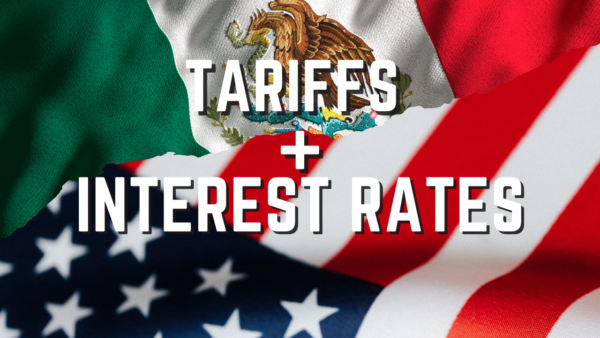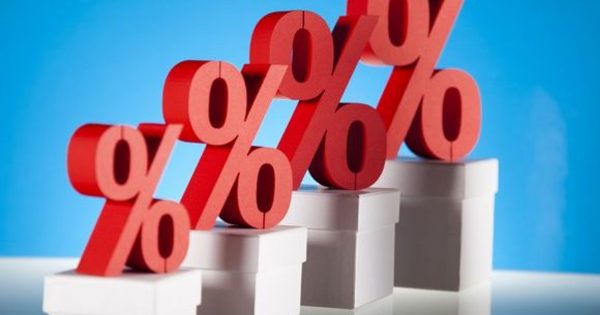The economy is heading into the final two months of 2024 in very good shape. This has manifested in solid GDP growth, low unemployment, and moderate inflation. However, the current situation is not without risk. The booming stock market has boosted consumer spending, but valuation levels are at risky levels. The more stretched they become, the greater the risk of a destabilizing correction.
The Bureau of Economic Analysis’s advance estimate for third-quarter GDP growth was 2.8%, about the same as the average for recent prior quarters. The unemployment rate held steady at 4.1% in October. Inflation continues to decelerate, with the Personal Consumption Expenditures deflator (the Federal Reserve’s preferred inflation measure) decelerating to 2.1%, its lowest reading since February 2021.
Wage inflation has also been decelerating. The table below contains data for two main measures: the Employment Cost Index (ECI) and average hourly earnings (AHE) for production and nonsupervisory workers. The 2024 data are for the first three quarters annualized for the ECI and the first ten months annualized for average hourly earnings. As the table shows, both measures (and their average) have continued to decelerate this year and are now modestly above pre-COVID rates.
| 2016 | 2017 | 2018 | 2019 | 2020 | 2021 | 2022 | 2023 | 2024 | |
| AHE | 2.5 | 2.5 | 3.6 | 3.1 | 5.6 | 6.4 |
5.5
|
4.5 |
4.0
|
| ECI | 2.2 | 2.6 | 3.0 | 2.7 | 2.6 | 4.4 | 5.1 | 4.1 |
3.6
|
| Average | 2.4 | 2.6 | 3.3 | 2.9 | 4.1 | 5.4 | 5.3 | 4.3 |
3.8
|
Amidst all of this good news, there are some economic risks. The rise in equity prices (and, to a lesser extent, house prices) has helped fuel consumer spending. However, valuations are generally at unusually high levels for assets. This can be seen from the data on household net worth compiled by the Federal Reserve. The ratio of household net worth to disposable income stands at about 7.5. This is an unusually high level. It represents a sort of overall multiple of asset valuation to the economy’s productive capacity. When it spiked in the past there has been a correction. Notably, the last two corrections (after the dot.com bubble in the 1990s and after the housing bubble peaked in 2005) were large enough to trigger recessions.
Those two bubbles fueled consumer spending and drove down the savings rate. In the 1990s, the savings rate dropped from almost 10% at the start of the decade to about 4% by the bubble’s peak. The housing bubble lowered the savings rate to 2% by mid-2005. As of September, the savings rate has been trending down this year and stood at 4.6%. It will probably drop further over the next six months as consumers continue to benefit from appreciating asset prices.
In addition to high valuations, the current equity market stands out for its highly concentrated overall capitalization in a small number of stocks. These extremely valuable companies account for a much higher share of overall market capitalization than their counterparts in past decades. Thus far, the earnings growth exhibited by these companies has satisfied expectations, but this cannot continue indefinitely.
The Federal Reserve has generally avoided the temptation to manage equity markets in making monetary policy. Over the years, the Fed’s leadership has taken an agnostic view during episodes of market exuberance. This reflects, in part, a certain humility about its ability to identify bubbles in real time and, in part, the view that its job is to achieve its mandates with respect to employment and inflation.
To the extent bubbles come into play, the Fed’s strategy has been to manage the aftermath rather than to try to prevent them from getting large enough to destabilize the economy. This approach implies that the easing that the Federal Reserve began in September and will likely continue carrying out over the next year is unlikely to be much influenced by additional increases in asset prices. Instead, it will focus on how the economy performs. For now, the data will encourage the Fed to believe that it has successfully brought down inflation and can continue to lower interest rates. This might, however, also propel the equity market to even higher levels.





